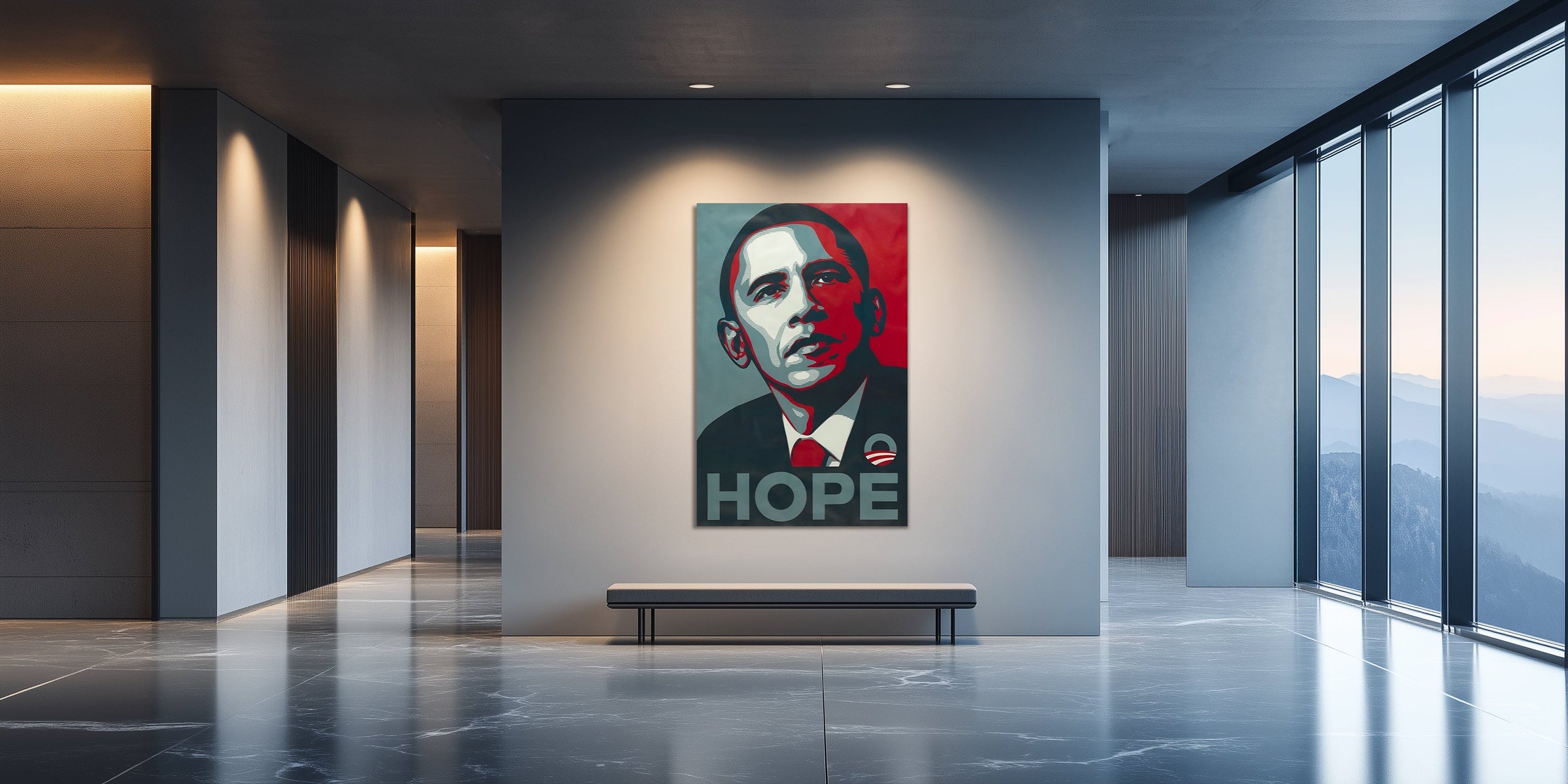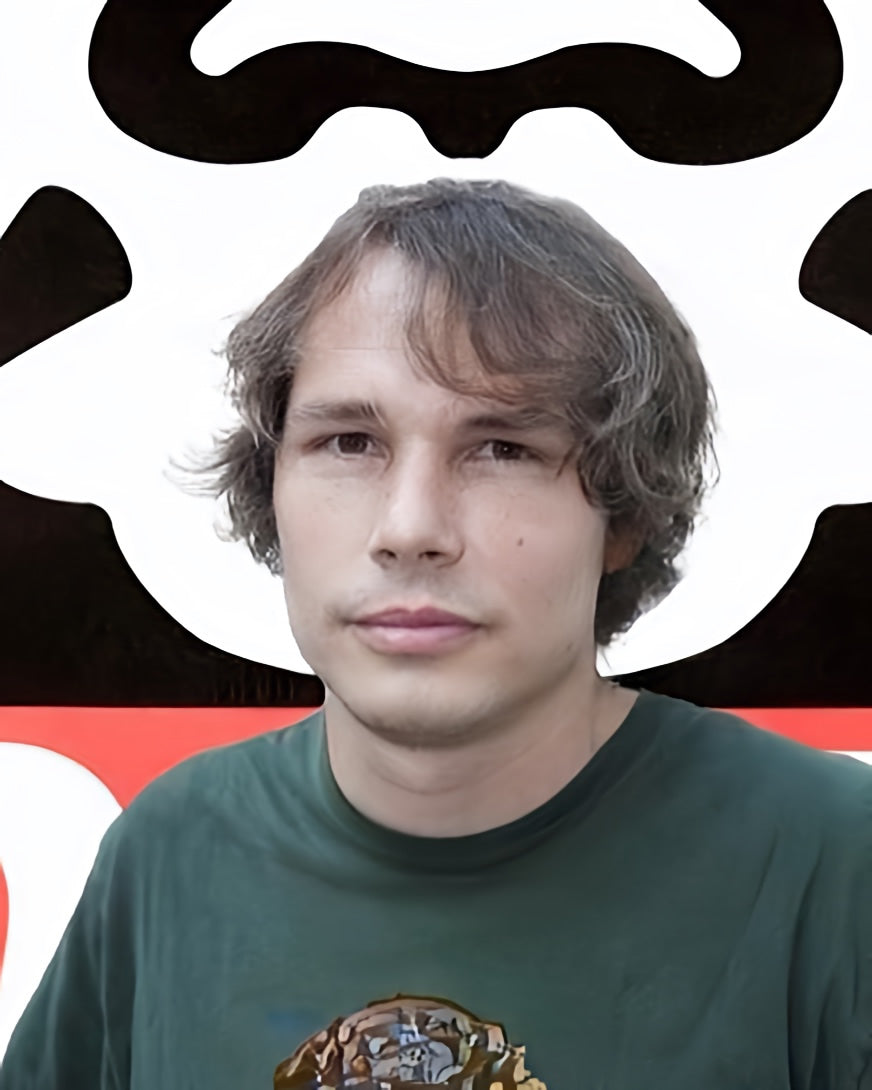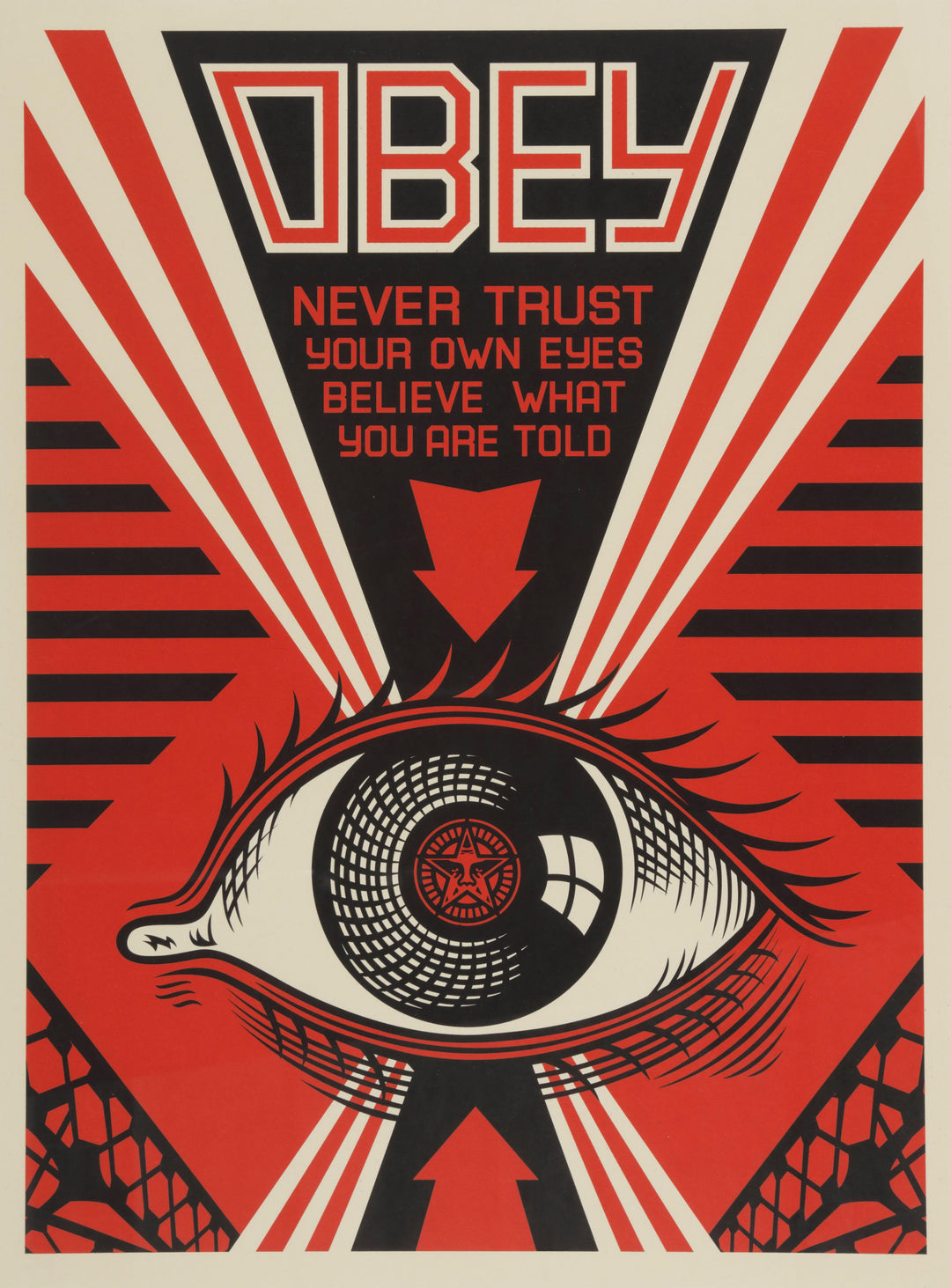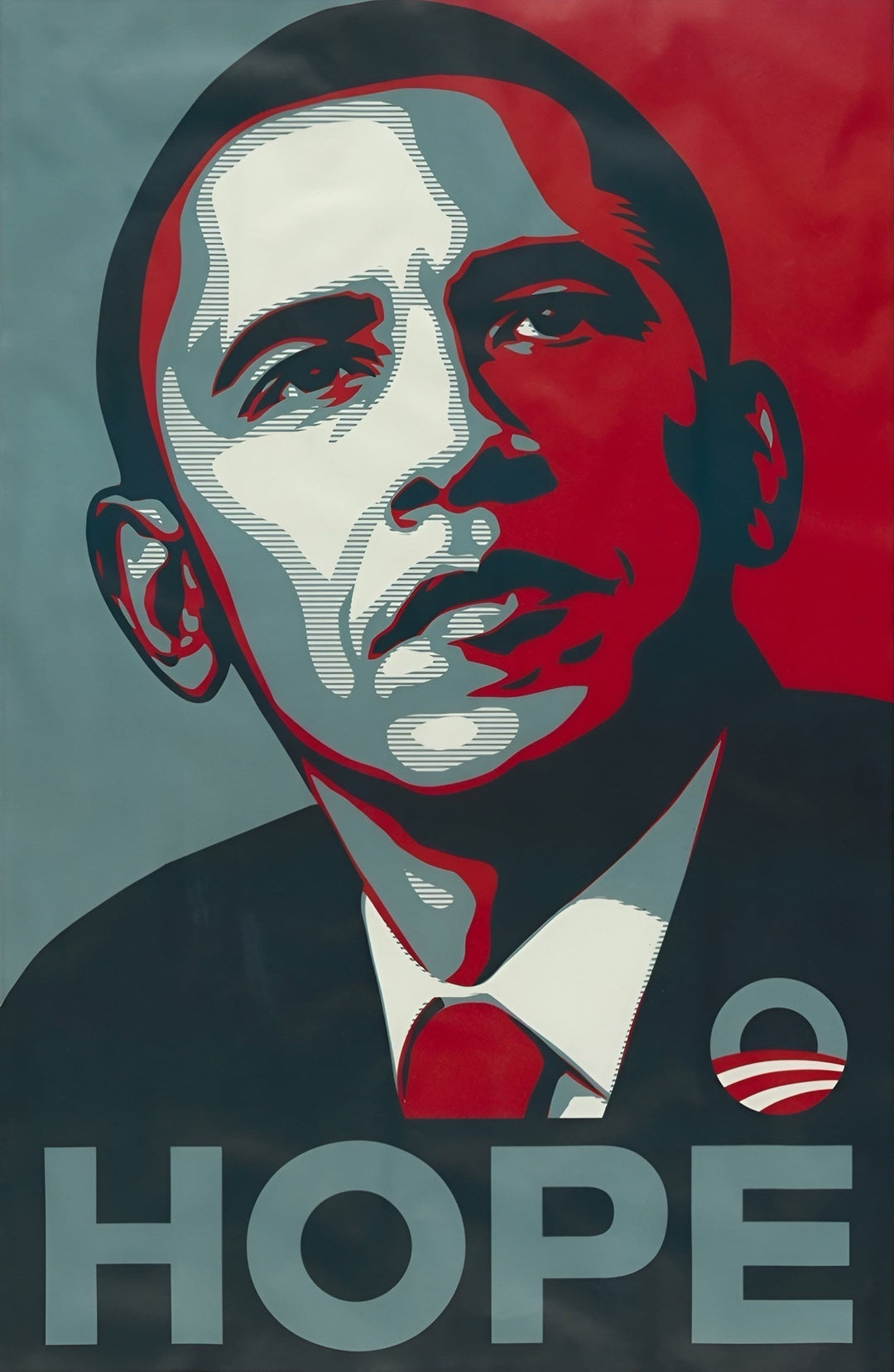
Shepard Fairey

Frank Shepard Fairey, known as Shepard Fairey, is an American artist and activist who emerged on the urban art scene in the 1990s. Influenced by the 1960s pop art movement and the punk and skateboarding cultures, he developed a style that mixes political propaganda with high-contrast images, inspired by the work of Andy Warhol and Soviet graphic design, such as Constructivism. His first famous work, Obey Giant, features the face of the wrestler "André the Giant" and was conceived in 1989 as a social experiment to question authority and blind obedience in American culture. Fairey uses stencil and screen printing techniques to quickly distribute his message in public spaces, reflecting the influence of street art and, in turn, influencing generations of urban artists.
In 2008, Shepard Fairey became an iconic figure in political art with his "Hope" poster, which depicted Barack Obama during his presidential campaign. This work marked a milestone in his career, demonstrating the power of art to influence politics and public perception, and the image became a symbol of hope and change. Fairey's third key work, Make Art, Not War, is an explicit statement against war and a call for peaceful creativity, reflecting his pacifist and humanist stances in times of global conflict.
Frank has also been influenced by figures like Barbara Kruger, known for her use of text and high-contrast images to question consumerism, and Banksy, who shares his critical approach to the political and economic system. The work of the South Carolina artist has influenced contemporary art, especially in the democratization of art in public spaces and its fusion with activism.

